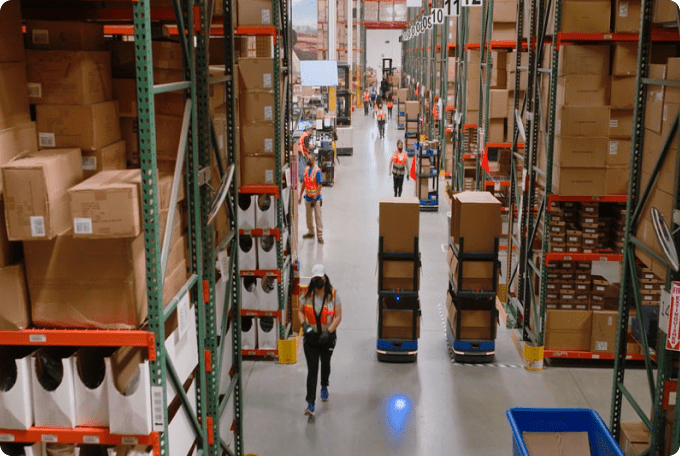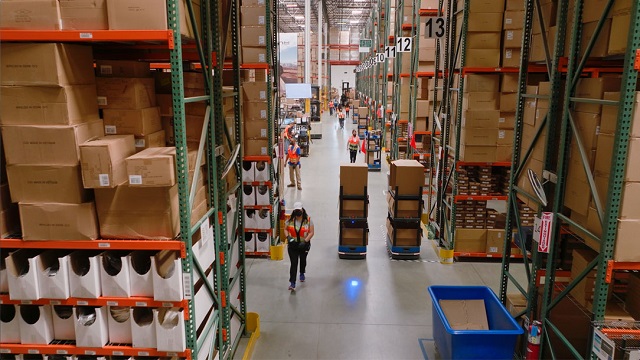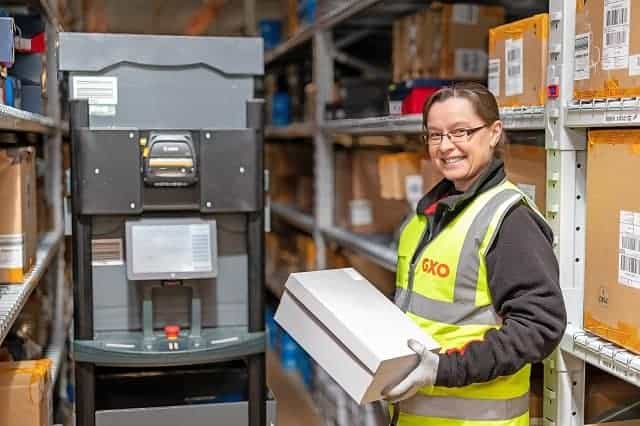Picking error rates for the average warehouse or distribution facility hovers between 1 – 3% — a major problem for businesses looking to increase productivity and profitability. Warehouse picking errors impact customer satisfaction and ultimately, your revenues and profit margins. Studies show that a single picking error can reduce the profitability of an order by as much as 13%.
This is more than enough incentive for businesses to implement best practices and technologies that will help reduce warehouse picking errors to the barest minimum. To help you get started, here are some proven ways on how to reduce warehouse picking errors.
1. Leverage the right technology

Most warehouse managers believe that adopting warehouse automation and leveraging the right technology can greatly improve profitability. Not only does warehouse automation help to improve productivity but it also helps reduce order fulfillment errors. The following technologies are particularly effective in reducing warehouse picking errors.
Autonomous mobile robots
Autonomous mobile robots (AMRs) help to improve pick rates by reducing unnecessary walking by warehouse associates. Since tired workers make more mistakes, keeping human workers rested and alert is key to reducing warehouse order picking error rates. Autonomous mobile robots keep associates on task by leading them to pick locations (via optimized routes) and displaying order items and the quantities to pick. Essentially, collaborative mobile robots help to reduce the physical and mental strain on warehouse associates, allowing them to focus on more important tasks.
Pick-to-light and put-to-light technology
Pick-to-light and put-to-light technologies are great for increasing the speed and accuracy of picking activities. To leverage these technologies, you must first install pick-to-light LEDs on racks and shelves throughout your warehouse. Pickers use barcode scanners to scan the barcodes on a shipping carton (which is intended to hold all the items for a single order). After scanning, the light LEDs for SKUs listed in the order begin to glow. Warehouse associates simply follow these lights to pick the items listed in the order.
2. Review storage strategies regularly

Implementing certain warehouse management best practices helps to reduce warehouse picking errors. Such practices include:
- Regularly reviewing storage strategies
- Placing fast-moving items in easily accessible areas
- Storing frequently picked items near packing and shipping areas
- Verifying that all items are in proper slots/locations and properly labeled
- Store different items/parts in separate storage bins (items stored together in a single bin leads to picking errors)
Lastly, be careful storing the same SKU in multiple pick locations. While there are benefits to multiple pick locations for high-velocity SKUs, associates may need to pick the same SKU from multiple storage locations if there’s not enough inventory in the first pick location, which can lead to errors.
3. Make sure all items are properly identified and labeled
Proper identification and labeling of items helps to reduce the likelihood of associates picking the wrong items. Use barcode scanners to scan items into locations and optimally place signs, aisle markers and rack labels to help pickers easily identify storage locations. Also, different package sizes should have distinct labeling and a unique SKU.
4. Conduct regular inventory checks

Conducting regular inventory checks enables warehouse associates to discover items stored in wrong locations — one of the leading causes of picking errors. Errors during replenishment or putaway activities can directly lead to picking errors. This is because an item stored in the wrong bin makes it easy for pickers to pick the wrong SKU for a customer order.
As such, inventory checks help you identify problems or opportunities for improvement in your order fulfillment/replenishment process and support better inventory planning. Also, they’re invaluable in keeping stock levels up-to-date, thus ensuring that you don’t run out of stock on fast-moving items or overextend on slow-moving products.
5. Assign IDs to associates to identify problems and track errors
Warehouse associates are susceptible to human errors caused by fatigue, negligence, disengagement or emotional, physical and mental stress. To ensure accountability, you should assign IDs to associates to identify problems and track errors. Not doing so hinders your ability to assess the efficiency of individual team members and identify personnel who require more training. Such IDs also enable warehouse managers to know who is responsible for what, making it easier to track the progress of a customer’s order.
Picking errors can mar order fulfillment operations and negatively impact the reputation of your business. Since order fulfillment is one of the last links in the supply chain, any errors during warehouse picking activities (if not detected) will directly impact customer satisfaction and disrupt revenue streams. To prevent this, you should leverage the best practices outlined above and adopt the right technology. Click here to learn more about how autonomous mobile robots can help reduce picking errors in your warehouse.


